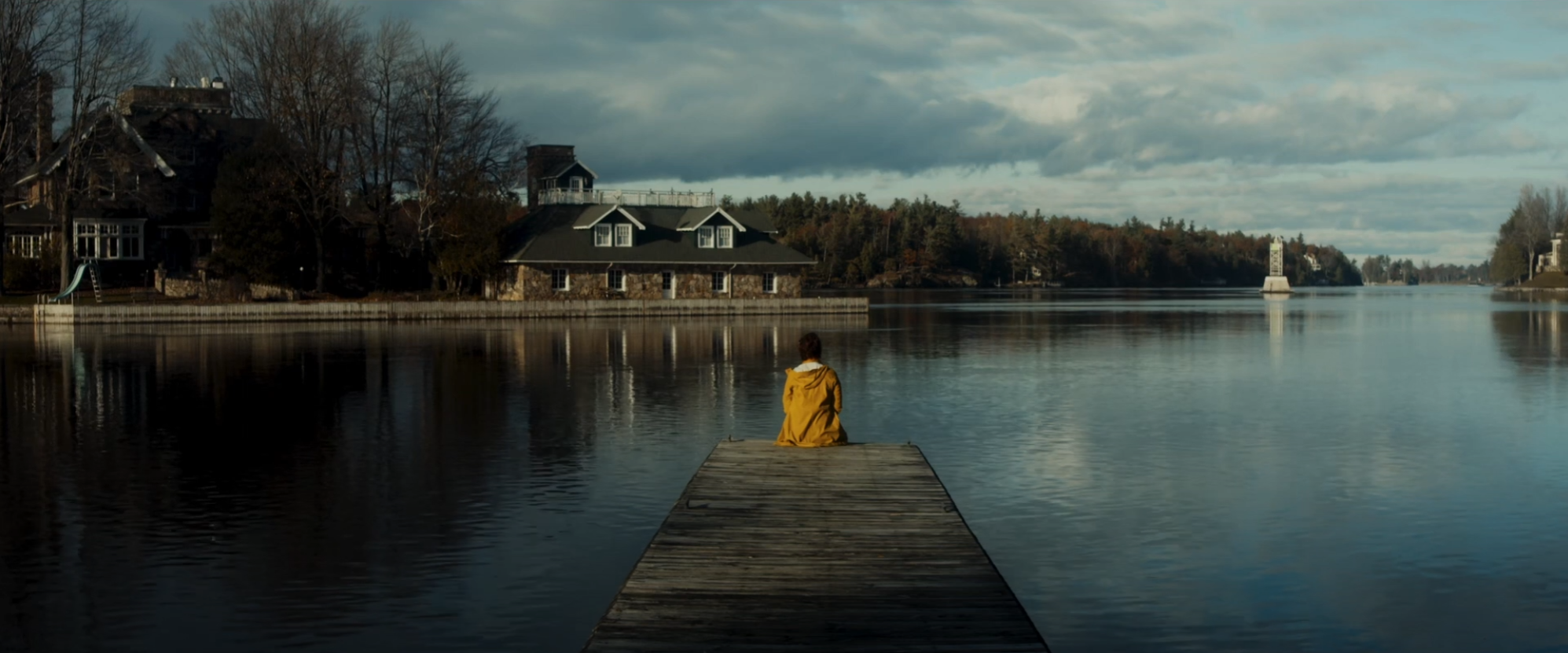
W
hat Remains
When a person beloved by us dies, our lives can become unendurable. And yet we are asked – by life, by death, by society at large – to endure it, to suffer the insufferable, to bear the unbearable. Grief can feel savage and insurmountable, but in the normal aftermath of a loss we do not necessarily feel alone in that experience. Together – with others we love or who loved the one we will lay to rest – we lament, we remember, we gather to celebrate the life and recognize the death with as much meaning and poignancy as we can muster.
During various stages of the global COVID-19 lockdown, however, this ability to say goodbye to a loved one, to observe loss in accordance with the normative customs and rituals of mourning was not possible. We could not be with them during their final moments. We could not open ourselves to the collective sorrow of our friends and loved ones with them around us. We could not always decide how our loved one was ultimately laid to rest. The psychological stresses and emotional turmoil of grief was made ever more acute as a result of a deeply isolating and frightening global situation.
“What Remains” is an experimental short film and web project designed to explore and to share what it was like for many individuals who lost someone during the pandemic, and how they grappled with the shattering pain of loss under lockdown. It was completed and defended for as a thesis capstone for my Master’s degree.
P
lanning & Design
Given the solitary nature of this film’s production, creating comprehensive scene planning documents and blueprints prior to filming (including a voiceover script, scene concepts, a storyboard, and lighting diagrams) was crucial. These documents were included in an exhaustive proposal which was submitted as the first phase of the thesis process.
W
ebsite Component
The main objective for the web component was two-fold: to introduce and describe the short film, the project literature, and research about grief to prospective audiences, and to provide helpful background information (both technical and philosophical) to those who have already seen the film. It was comprised of four fully responsive webpages: coded with
CSS3/SASS, jQuery, PHP, and HTML5. All media within the site was original – with the images either shot (as photographs) during the filming stage or extracted (as stills) from the final footage. At the final stage of development, the site was published using a purchased domain and hosted on a private VPN server.
F
ilm Component
Although there are several landmark scenes that to help orient the viewer in space and time, the film is more of a fluid meditation of pandemic-centered grief as opposed to a rigid, linear story with a clear division between events. That is not to say that it is abstruse or stream-of-consciousness in style. However, given that I was relying on a variety of information sources and real-life perspectives to tell the story, a certain flexibility in the narrative was essential for encapsulating and presenting the powerful sentiments gleaned from those connections. Moreover, grief – as a life state – is not a lock-step paradigm of behaviors but an ever-evolving collection of prolonged and overlapping phases. A purely linear story structure might inhibit the film’s ability to convey how uniquely surreal, overwhelming, and life-overturning these phases can feel to different people.
